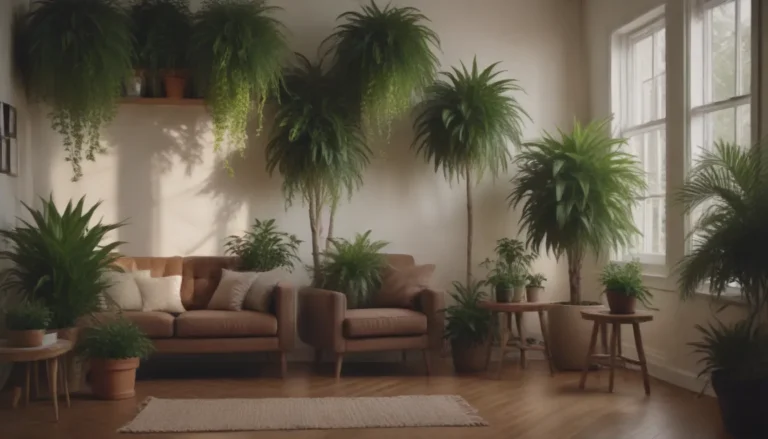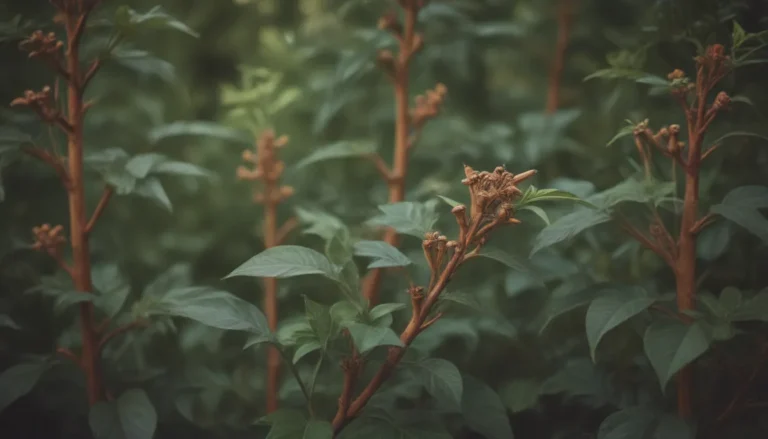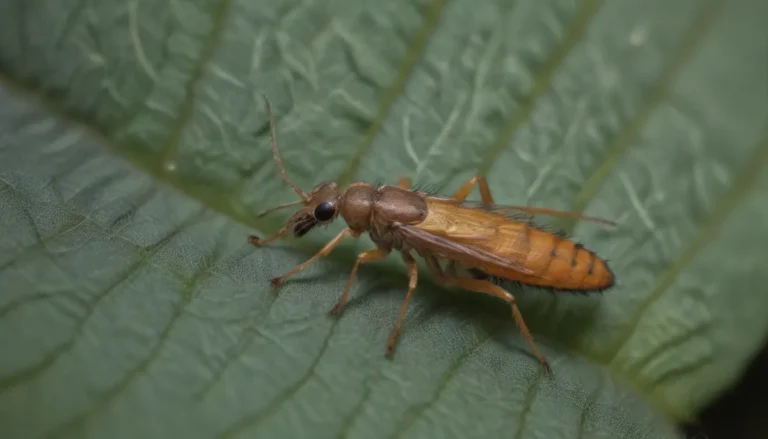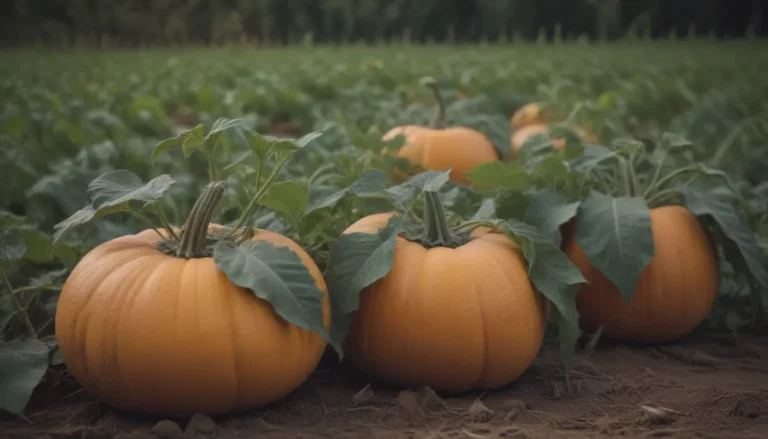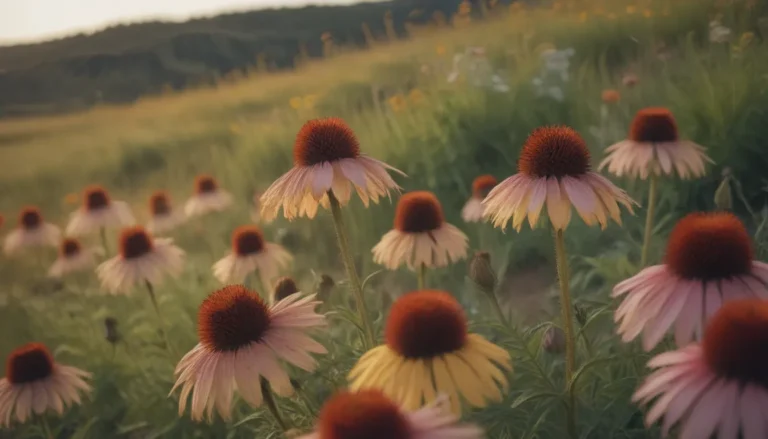The Complete Guide to Growing and Caring for Eastern Red Cedar Trees
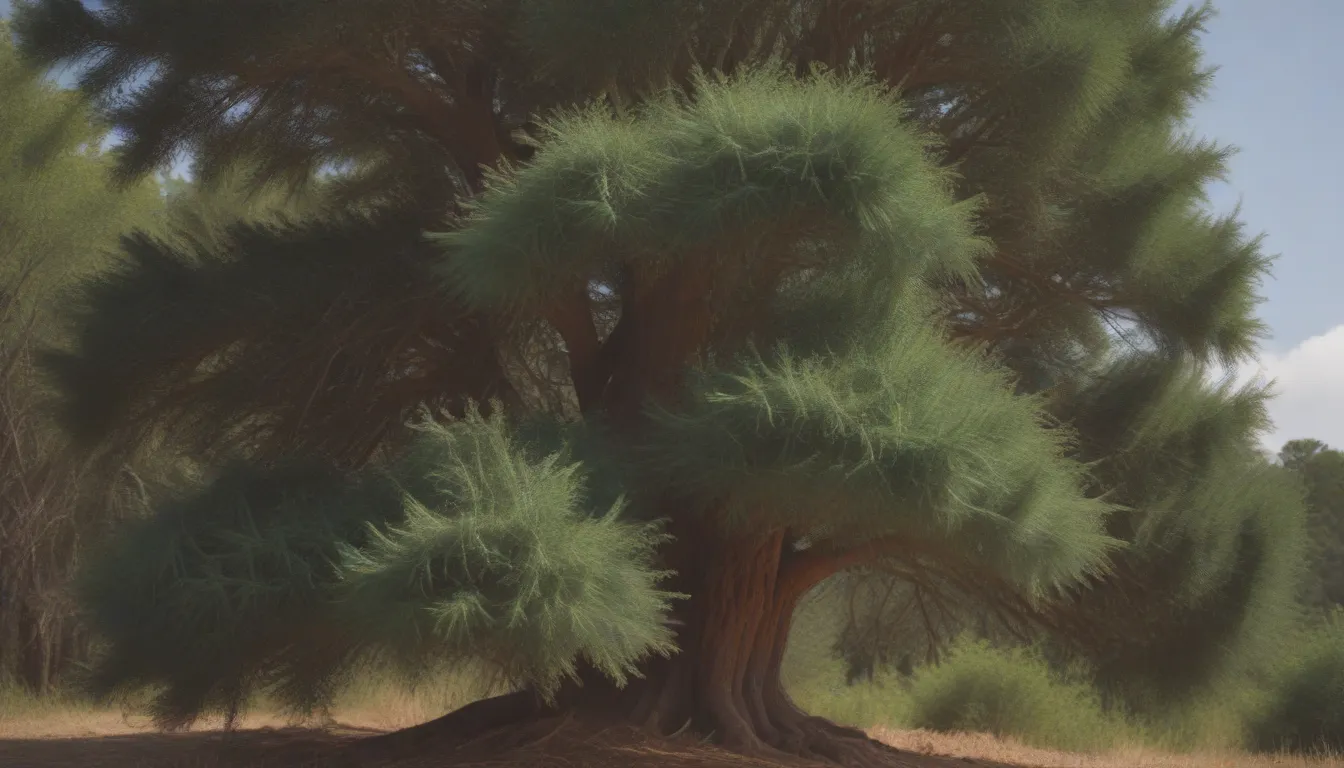
If you’re looking to add a beautiful and versatile conifer to your landscape, the Eastern Red Cedar might just be the perfect choice for you. This slow-growing native to eastern North America is a juniper species that boasts stunning blue berry-like fruit, lush foliage, and gorgeous bark, making it an excellent addition to any garden.
In this comprehensive guide, we will explore everything you need to know about growing and caring for Eastern Red Cedar trees. From understanding its attributes to planting and maintenance tips, we’ve got you covered.
Attributes of the Eastern Red Cedar
-
Adaptability: The Eastern Red Cedar is extremely adaptable to various soils and growing conditions, making it suitable for a wide range of garden uses.
-
Ornamental Value: With its winter interest from blue berry-like fruit and attractive bark, the Eastern Red Cedar adds aesthetic value to any landscape.
-
Ecological Benefits: The tree’s fruit provides a food source for native birds and wildlife, while its dense foliage offers excellent habitat.
Caring for an Eastern Red Cedar
When it comes to caring for an Eastern Red Cedar, there are a few key factors to consider:
Light
-
Sunlight: Young trees can thrive in full sun to part shade, but mature trees do best in full sun.
-
Competition: If planting multiple trees, ensure they have enough space to receive adequate sunlight.
Soil
-
Tolerance: Eastern Red Cedars can thrive in poor soils, but prefer rich, moist, and well-draining soil.
-
Drainage: Avoid planting in areas with standing water to prevent root rot.
Water
-
Establishment: Newly planted trees require regular watering for the first two years.
-
Monitoring: Check soil moisture regularly and water when needed, especially during dry periods.
Temperature and Humidity
-
Range: Eastern Red Cedars can tolerate a wide range of temperatures but thrive in moderate conditions.
-
Location: Plant in USDA zones 2-9 for optimal growth.
Fertilizer
-
General: Wild-type trees do not require supplemental fertilizer, but specific cultivars may have different needs.
-
Consultation: Refer to the cultivar’s documentation for specific fertilization requirements.
Types of Eastern Red Cedar
There are numerous cultivars of Eastern Red Cedar to choose from, each with unique traits and aesthetics:
-
Juniperus virginiana ‘Burkii’
-
Juniperus virginiana ‘Pendula’
-
Juniperus virginiana ‘Grey Owl’
-
Juniperus virginiana ‘Emerald Sentinel’
Common Pests & Plant Diseases
While Eastern Red Cedars are relatively resilient, they can be prone to cedar apple rust, a fungal disease that affects trees in the Malus family. To prevent this, treat any fungal galls with a copper fungicide and keep susceptible trees at a safe distance.
Additional Facts
-
Wood Quality: Despite being a softwood, Eastern Red Cedar wood is strong and rot-resistant, making it valuable for furniture and timber.
-
Growth Rate: These trees grow at a rate of 12 to 24 inches per year, with some specimens reaching nearly a thousand years old.
In conclusion, the Eastern Red Cedar is a versatile and stunning tree that can enhance any garden or landscape. By understanding its unique attributes and following proper care guidelines, you can enjoy the beauty and benefits of this native species for years to come. So why not consider adding an Eastern Red Cedar to your outdoor space today?

